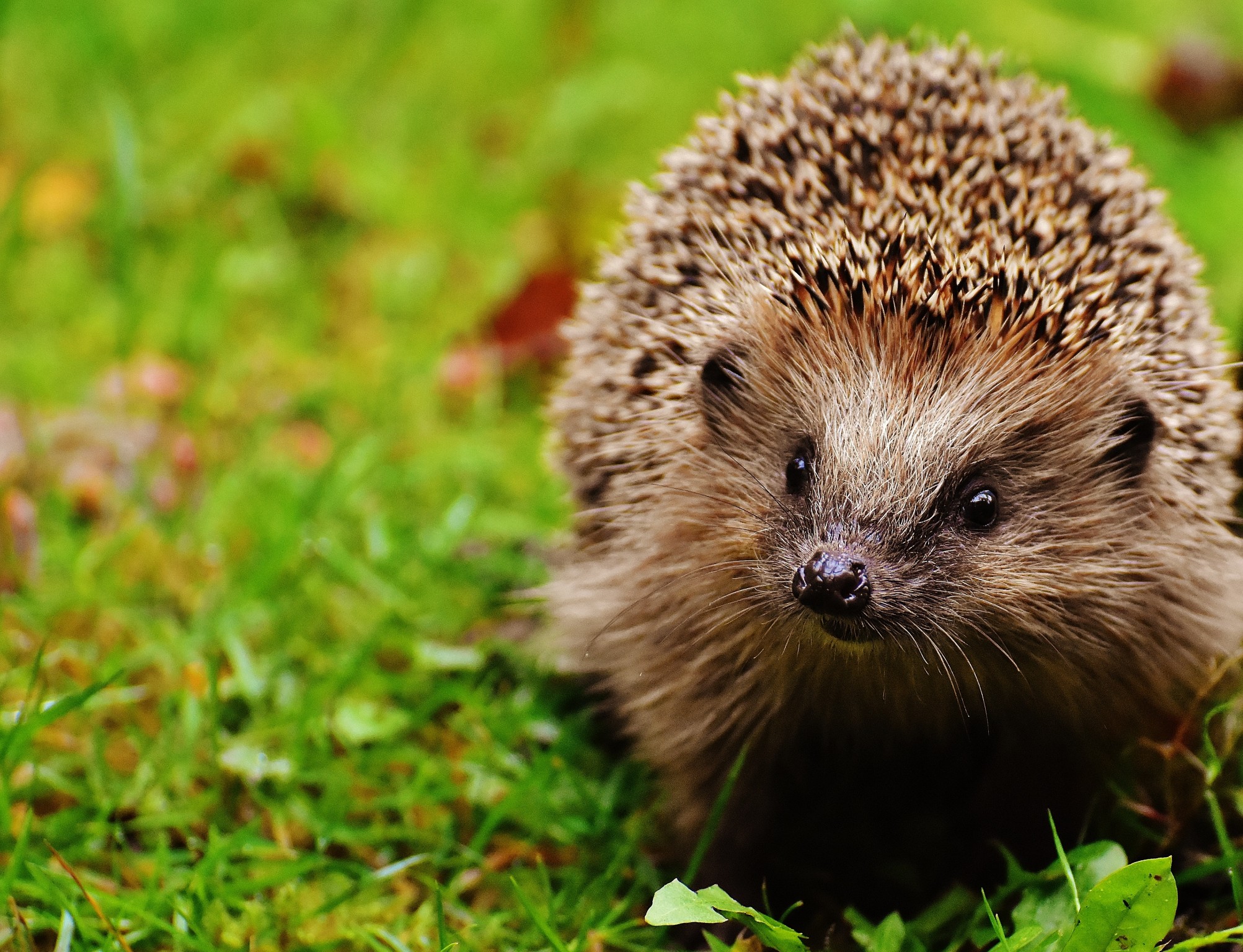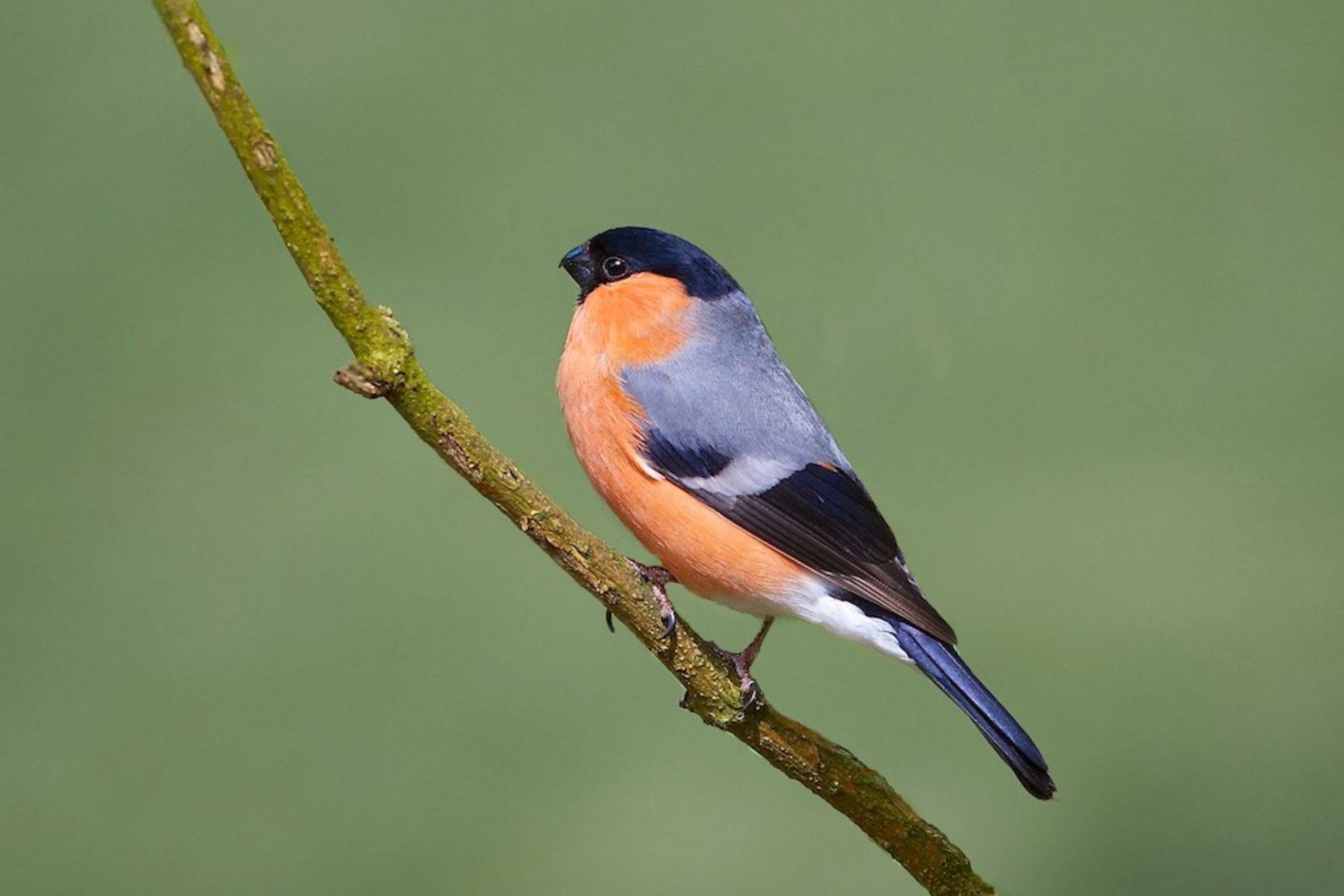
The Wildlife Trusts are urging developers to consider wildlife when building new homes – and have come up with a list of ways to “build housing in a nature-friendly way”.
With the government committing to creating 300,000 new homes a year until 2022, the potential impact on our natural environment is huge but the Wildlife Trusts say it is possible to build “beautiful, nature-friendly communities in the right places”.
Rachel Hackett, living landscapes development manager for The Wildlife Trusts said: “We should prioritise places for new housing that are already well served by infrastructure. We should avoid destroying wildlife sites and locate new houses in places where it can help to restore the landscape and aid natural recovery.
It’s possible to create nature-friendly housing by planting wildlife-rich community green spaces, walkways, gardens, verges, roofs, wetlands and other natural features. These gains for wildlife improve people’s health and quality of life too.”
The Wildlife Trusts have produced a set of guidelines for developers which, if followed, they believe will benefit wildlife, residents, the economy and wider society, and developers.
Some of the guidelines include:
Working around and retaining existing habitats such as woodlands, streams and hedges, where possible
Creating new habitats as standard
Fostering community involvement in maintaining shared green spaces.
And among the features which housebuilders are encouraged to include in their developments are:
Permeable driveways to reduce flood risk
Wildflower verges
Lighting which avoids disturbing wildlife
Safe and attractive footpaths and cycle paths
“Green roofs” and walls
Allotments and community orchards
Bird and bat boxes designed into the buildings.
As well as the obvious benefits for wildlife, and the better qualify of life for residents, developers can benefit, too, improving their environmental rankings, enhancing their brand and increasing the value of the properties they build.

Wildlife initiatives around the country
Many developers are already taking steps to minimise their impact on the local environment, and provide havens for wildlife, often working in partnership with the Wildlife Trusts or other conservation charities.
Derby
Derbyshire Wildlife Trust has worked with Derby Homes to ensure houses in Derby are fitted with nesting boxes for swifts.

Aylesbury, Buckinghamshire
Barratt Homes, too, are encouraging swifts with their award-winning brick which also acts as a nesting box, developed in partnership with the RSPB. In one year, they have installed nearly 200 swift bricks at developments in Aylesbury and Exeter, with hundreds more planned for developments around the country.
At Kingsbrook, 2,450 homes will be built, with ponds, parks, meadows, orchards and a nature reserve. The development features wildlife corridors, so wildlife can move freely through the residential areas and green spaces, and planting will be done with wildlife in mind, including a fruit tree in each garden. The RSPB says these initiatives are not new but they believe they have not been done on such a grand scale.
Crowthorne, Berkshire
At Buckler’s Park, there is a community garden with allotments, beehives and compost bins, while the development features cycle and footpaths, woodland, ponds and pathways.
Read our article on the Bucklers' Park development in Crowthorne.
St Leonards, Dorset
The redevelopment of a former military hospital has provided the opportunity to enhance wildlife habitats. The site will provide 210 new homes, a Local Wildlife Site, restored heathland and 25 hectares of natural greenspace.
Epsom, Surrey
A new nature reserve has been created at Priest Hill, a small development of 15 homes, with the help of Surrey Wildlife Trust. The reserve retains existing paths and tracks and has already attracted important species such as butterflies, lizards, skylarks and linnets.
Cambourne, Cambridgeshire
And it’s not just new developments which are taking wildlife into consideration. Now 20 years old, the development at Cambourne saw the integration of 200 acres of wildlife habitat with 5,000 houses, meaning the wildlife that lived there when it was farmland continues to have a home. There are wildflower areas, a community orchard and the area is home to badgers, wetland birds, dragonflies and great crested newts, as well as the offices of the local Wildlife Trust.
You can read the full report from the Wildlife Trusts here.
| Guide to self-building - Property Checklists |
 |